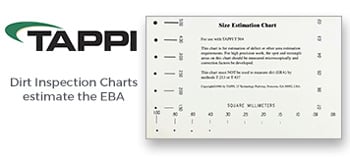Creating Efficiencies Through Contextualizing Data: Condition-Based Analytics, TAPPICon22
Companies now more than ever are prioritizing the collection and storage of process manufacturing data with the intentions of enhancing overall insights by allowing more accessibility to said data. However, more data introduces new challenges for data-consumers. These challenges include an increase in time to find, ingest, and decipher key conclusions. Previous analyses involving what used to be 5 process variables may now involve 10 – 20. These challenges are particularly true for industries such as pulp & paper where holistic process insight is required to accurately pinpoint issues and opportunities. What isn’t directly obvious is that hundreds of stories exist within a single set of time-series data. For example, what are the general process conditions that: enable record-breaking speeds, negatively impacts speed/quality, correspond to a particular grade, correlate with specific furnish percentages, etc. Each of these represent a story, and without the ability to quickly contextualize data to only consider each circumstance, the stories remain buried away amongst the millions of data points contained in a data source. In today’s digital age, software now exists to enable quick contextualization of data, allowing operations personnel to better manage day-to-day firefighting with expectations to analyze process data [1]. The process of contextualization is referred to as condition-based analytics.
TAPPI conference proceedings and presentations, technical papers, and publication articles provide technical and management data and solutions on topics covering the Pulp, Paper, Tissue, Corrugated Packaging, Flexible Packaging, Nanotechnology and Converting Industries.
Simply select the quantity, add to your cart and your conference paper, presentation or article will be available for immediate download.





